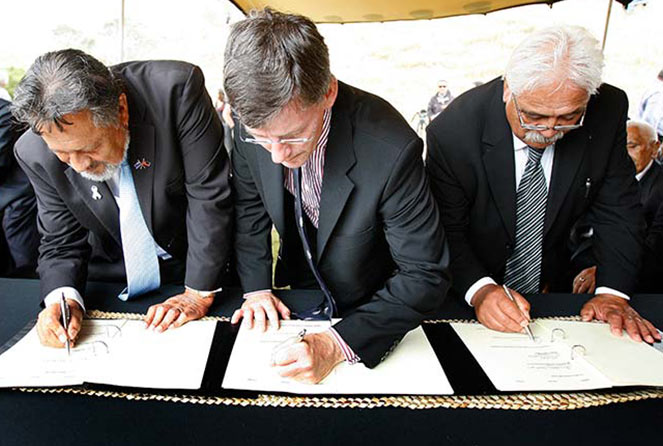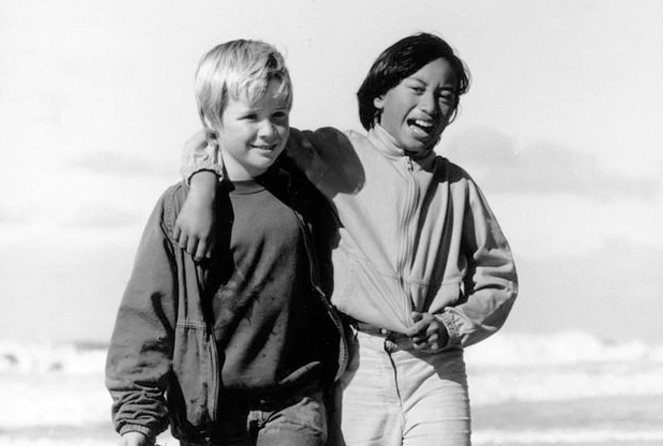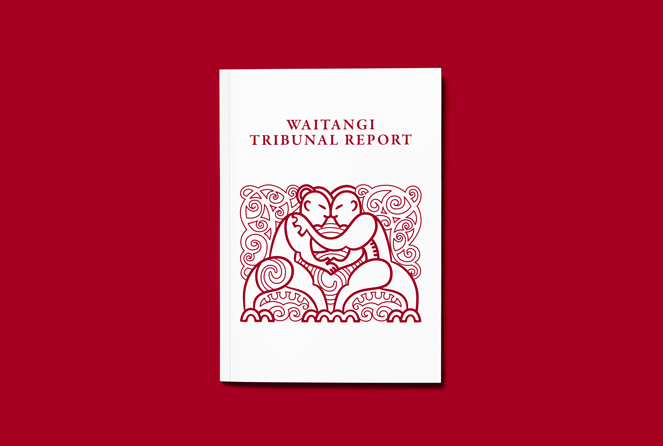What are Treaty settlements and why are they needed?
The 1840 Treaty of Waitangi was meant to be a partnership between Māori and the British Crown. Māori were promised possession of their lands, forests and fisheries for as long as they wished. Governments breached (broke the terms of the Treaty) almost from the time it was signed. Iwi lost many resources through:
- The government buying Māori land for low prices, leaving Māori with inadequate land reserves
- Confiscation of land, especially following the New Zealand Wars
- The actions of the Native Land Court, which undermined Māori tribal organisation and made it easier for Māori land to be sold to settlers
Māori have sought redress for these and other breaches. The Crown’s acknowledgement of, and provision of compensation for, such breaches underpins the Treaty of Waitangi claims settlement process.
Treaty settlements make reference to the Crown and not just the New Zealand government because it was with the Crown that Māori signed the treaty. Aotearoa New Zealand governments conduct negotiations on behalf of the Crown, which in 1840 meant the British state and today signifies the realm within which Queen Elizabeth II reigns as Queen of Aotearoa New Zealand.
The Waitangi Tribunal, in its report on the Crown’s Foreshore and Seabed Policy, found:
‘Where the Crown has acted in breach of the principles of the Treaty, and Māori have suffered prejudice as a result, we consider that the Crown has a clear duty to set matters right. This is the principle of redress, where the Crown is required to act so as to ‘restore the honour and integrity of the Crown and the mana and status of Māori’.
The Waitangi Tribunal and negotiations
In the years following the Second World War there was growing awareness of the negative impact of colonisation on Māori. During the 1960s Māori protest movements emerged. In the 1970s, protests about the loss of land and culture and other breaches of the treaty intensified.
The Waitangi Tribunal was set up in 1975 to hear Māori claims regarding contemporary Crown breaches of the treaty. In 1985 the powers of the tribunal were extended to hearing claims relating to events as far back as 1840.
In 1989 a Treaty of Waitangi unit was set up in the Department of Justice to advise the government on treaty policy. The Crown accepted that it had ‘a responsibility to provide a process for the resolution of grievances arising from the Treaty’. Negotiations began with claimants on their historical claims.
Māori can submit a claim individually, as single iwi, or as a group of iwi or hapū. If the claim meets the standards set by the tribunal, the claim is registered. Legal aid is available for claimants appearing before the Waitangi Tribunal.
The settlement process
To settle breaches of the Treaty with Māori, the Crown has tried to:
- identify Treaty breaches and those affected by them
- find their spokespeople
- negotiate a deed of settlement (a legal document) outlining the settlement, often including land, money, some form of cultural redress such as the restoration of Māori place names – for example, Aoraki/Mt Cook – and a formal apology on behalf of the Crown.
As of August 2018, 73 settlements had been passed into law. The total value of all finalised settlements is $2.24 billion. This may seem like a lot of money, but in the next 12 months, the Government will spend $14 billion on national superannuation alone. The entire value of Treaty settlements over the past quarter of a century would cover superannuation payments for two months.



